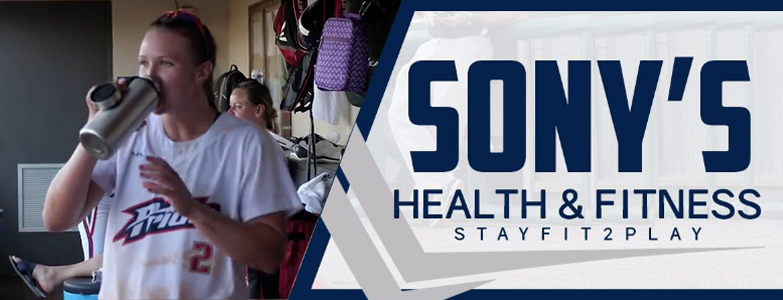In my field of athletic training I’m constantly working with athletes to remain injury free by maintaining mobility and flexibility. It is important to understand the differences between the two and how they need to be prioritized in an athlete’s daily routine. Flexibility is defined as the ability for a particular muscle or muscle groups to passively lengthen through a range of motion. Since flexibility is passive in nature you may or may not have control over that range of motion attained through that range of motion. In addition, flexibility may not equate to a muscle gaining more movement when it is connected to joint that won’t allow it to move. Movement restrictions within a joint may be rooted in a number of reasons such as: previous injury, inflamed tendons surrounding a joint, or lack of strength in the muscle surrounding the joint (muscle imbalances). This is where mobility comes into play, which is the ability to actively move through a range of motion. Since this range of motion is active you have the ability to control the range of motion and increase it with daily training. Increased mobility will carry over to more movement and in turn will help to decrease compensative movement patterns. Why is all of this important? Over time poor movement patterns within a joint will cause wear and tear on the body resulting in break down and possible injury. Mobility training is more effective than traditional “stretching” because it is based on movement and motor control. Start by identifying common problem areas or joints in your body where you are traditionally tight such as: hips, upper back, and shoulders. Performing mobility work is best done before you begin your workout. The active movement will act as a lubricant in the joints allowing you to achieve greater ranges of motion. Mobility work prior to training also allows you to strengthen your body in these new and improved ranges of motion that will have a lasting effect. Remember mobility training needs to be done regularly and progressed slowly rather than going hard sporadically. To increase mobility and maintain your body’s progress, you will need to practice it daily.
Here are some mobility tips:
- Foam Rolling/Trigger point therapy: can be uncomfortable at times but usually effective. Foam rolling which is essentially a self massage technique where you release tight areas in your muscles.
- Mobility Drills: these are exercises that are specifically geared towards training your range of motion around joints. If you area looking for how to begin introducing mobility drills I recommend looking up mobility WOD it’s a comprehensive online library or check to see if there are any Kinstretch classes offered near you.
- Stretching: still a major component in a warm-up and cool down. Remember those that classify themselves, as “hypermobile” shouldn’t worry about flexibility per say but may need to concentrate more on mobility to prevent injury since instability may be more of an issue. In contrast, if you have always felt “inflexible” and have been unable to perform certain exercises correctly, then you may benefit from stretching before and after your workouts.















You must be logged in to post a comment Login